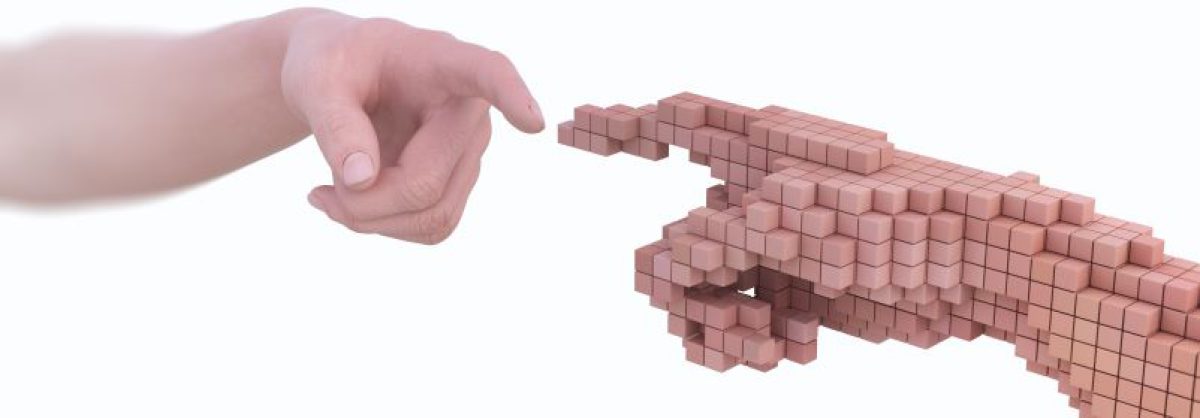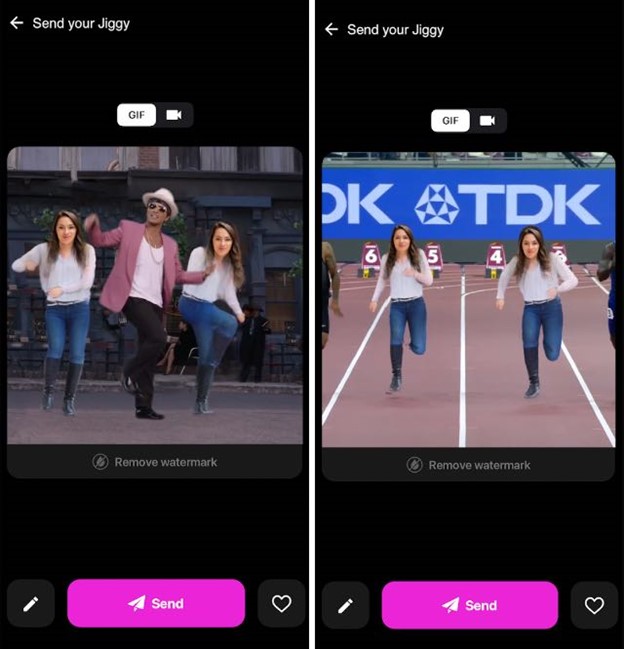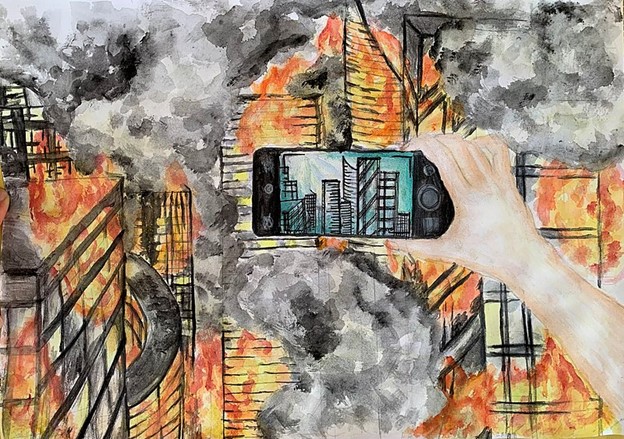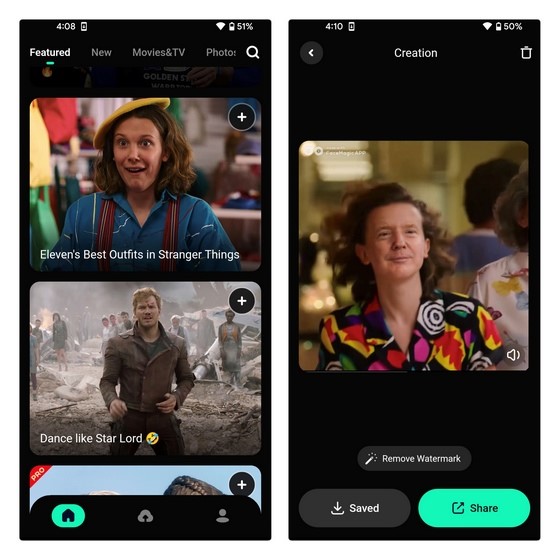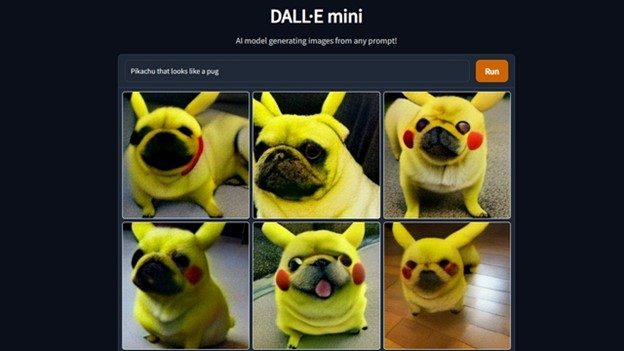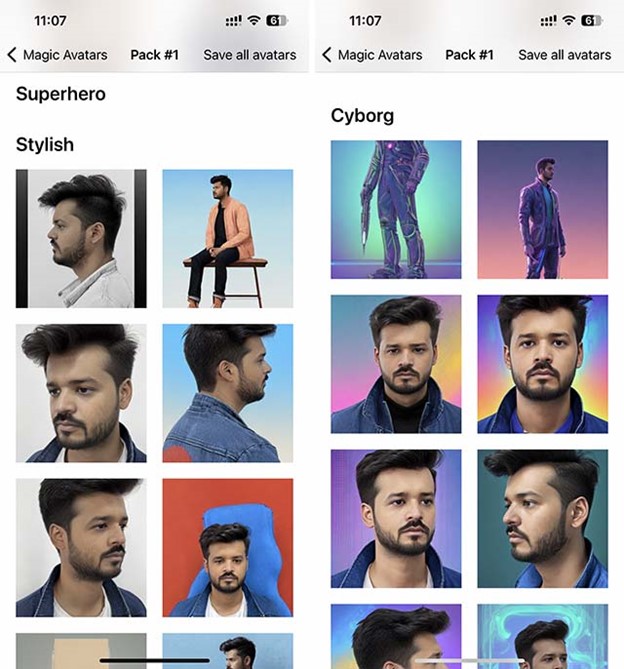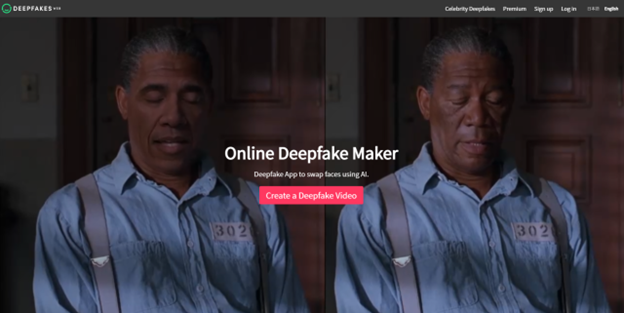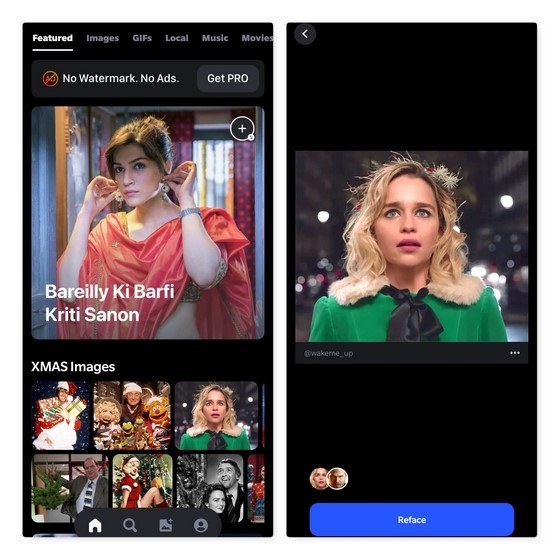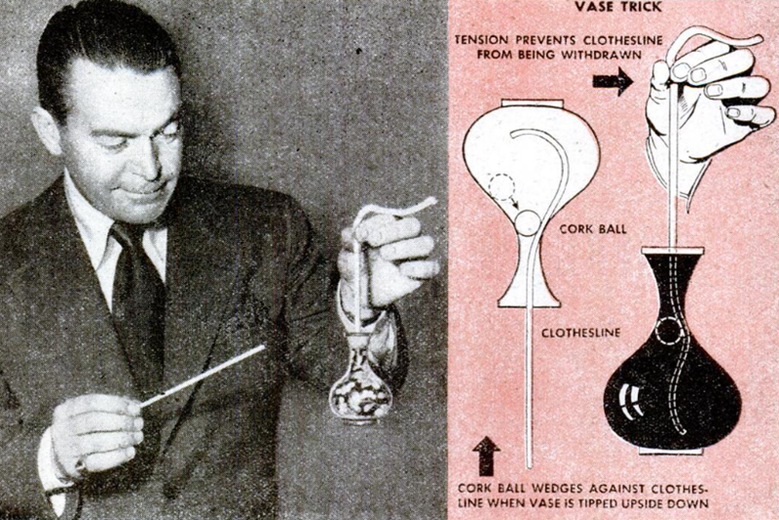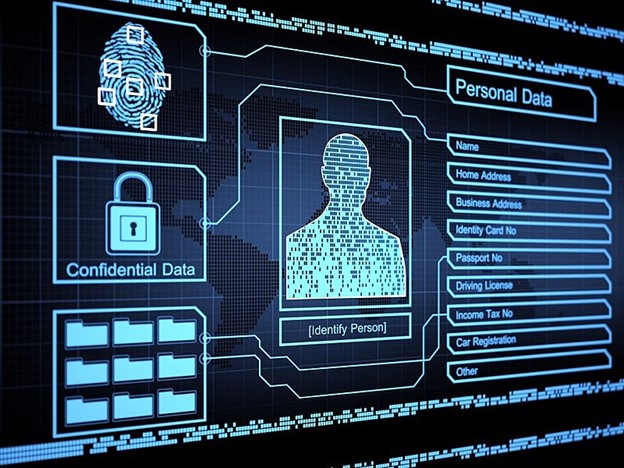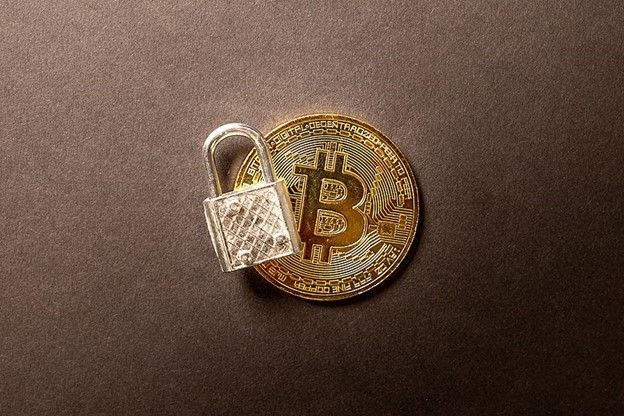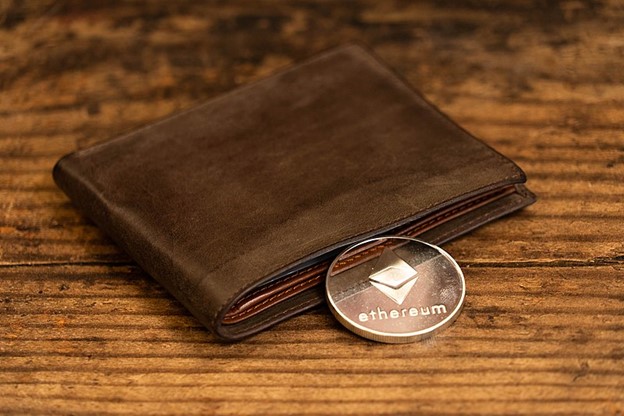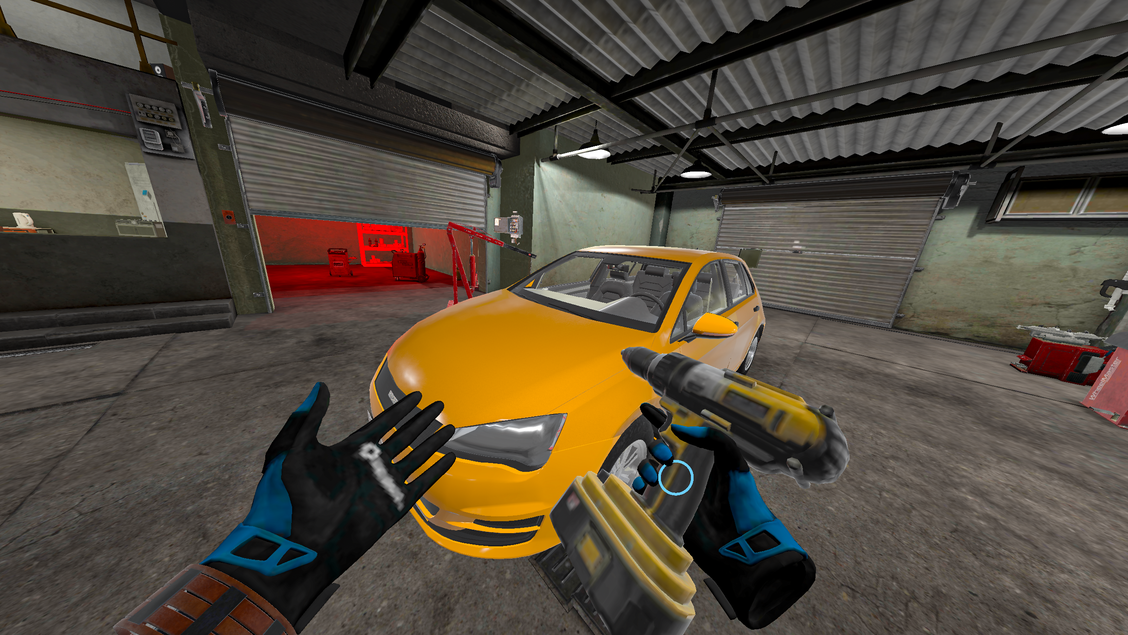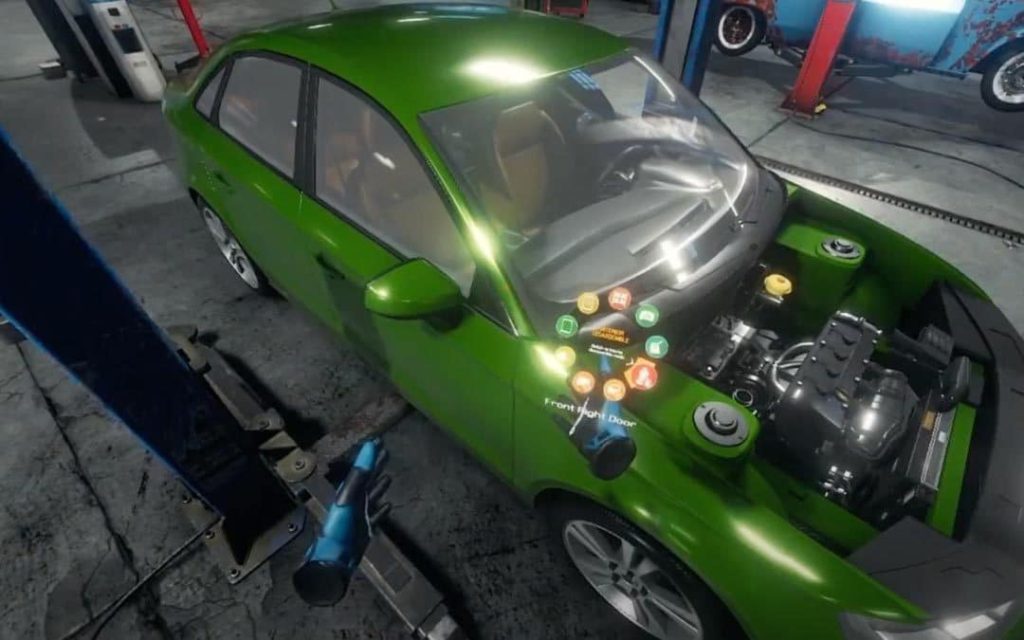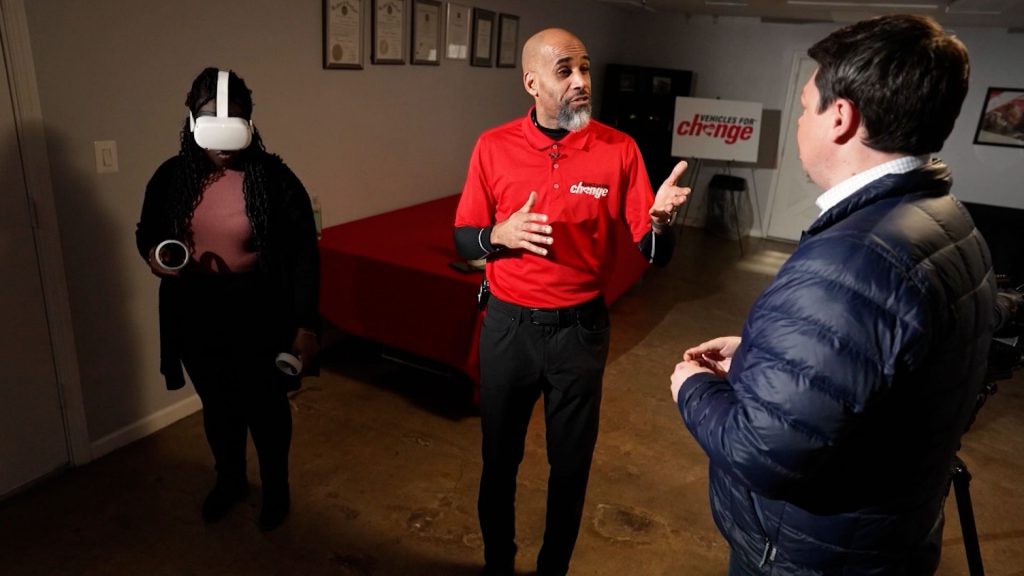One would have been considered crazy a couple of decades ago to imagine the 3D printing of complex objects let alone a rocket intended for space. As technology keeps getting better, so do the capabilities of 3D printing. Nothing illustrates that fact better than a 3D printed rocket which is about to go to space. Manufactured by Relativity Space, this rocket, if successfully launched into orbit, will become the first 3D printed object to do so.
However, even before it gets to launch, it is already making history. The Terran 1 rocket is the largest 3D printed object in the world to attempt orbital flight. In addition, it is also the first printed 3D rocket. Unlike many other space companies, this one is venture funded meaning that it will be the first one to be so funded to reach orbit, if it successfully does.
Aptly named GLHF (good luck have fun), the company’s primary focus is to gather data and learnings necessary to develop a larger and reusable launch vehicle. They also want to test the launch capabilities of a 3D printed rocket. However, it is their focus on reusable rockets which is exciting. It is, perhaps, a pointer to the future of space flight if the launch is successful. This is because it will reduce the time taken to build the components of rockets and also reduce the cost since some of them can be reused. Instead of relying on different subcontractors building different components, all of this is done inhouse and it is done in a much shorter period.
As it is, the rocket has been 85% 3D printed by mass, with a goal of making future printed rockets attain 95% 3D printed parts by mass. The other revolutionary thing which will happen if it indeed does orbit, is that it will be the first rocket using methane that will get to orbit. Previous attempts have failed and it will be interesting to see what happens in the industry if the launch is successful. This is because methane is thought to perform better and be more efficient than kerosene which is widely used.
The company postponed its launch from the launch pad in Cape Canaveral, Florida but it is not understood what exactly caused the postponement. However, the fresh launch is scheduled to be done on 23rd March 2023.
It is crucial to note that no commercial space company has gotten to orbit on its first try and it could be the reason why Relativity Space decided to postpone its launch to better enhance chances of reaching orbit. It would not be a major failure if the rocket does not get to orbit, as long as the data and lessons gathered up to then will be used to better the next rocket and get it to space.
Already a lot has been achieved to get to this stage and the future of the space race is exciting if these developments are anything to go by. Technology being interrelated, the world of technology, especially the 3D printing world, will benefit immensely from sister successes in different sectors. Already, we have promising news on organ bioprinting which will change how we handle sensitive organ transplants and organ donation. Successes in the space industry regarding 3D printing will only help to accelerate 3D technology elsewhere.
As for now, the world awaits.
While you’re waiting for your ride into space, here’s a timelapse video showing you how the whole process works! Comment right below it to let us know what you think!
